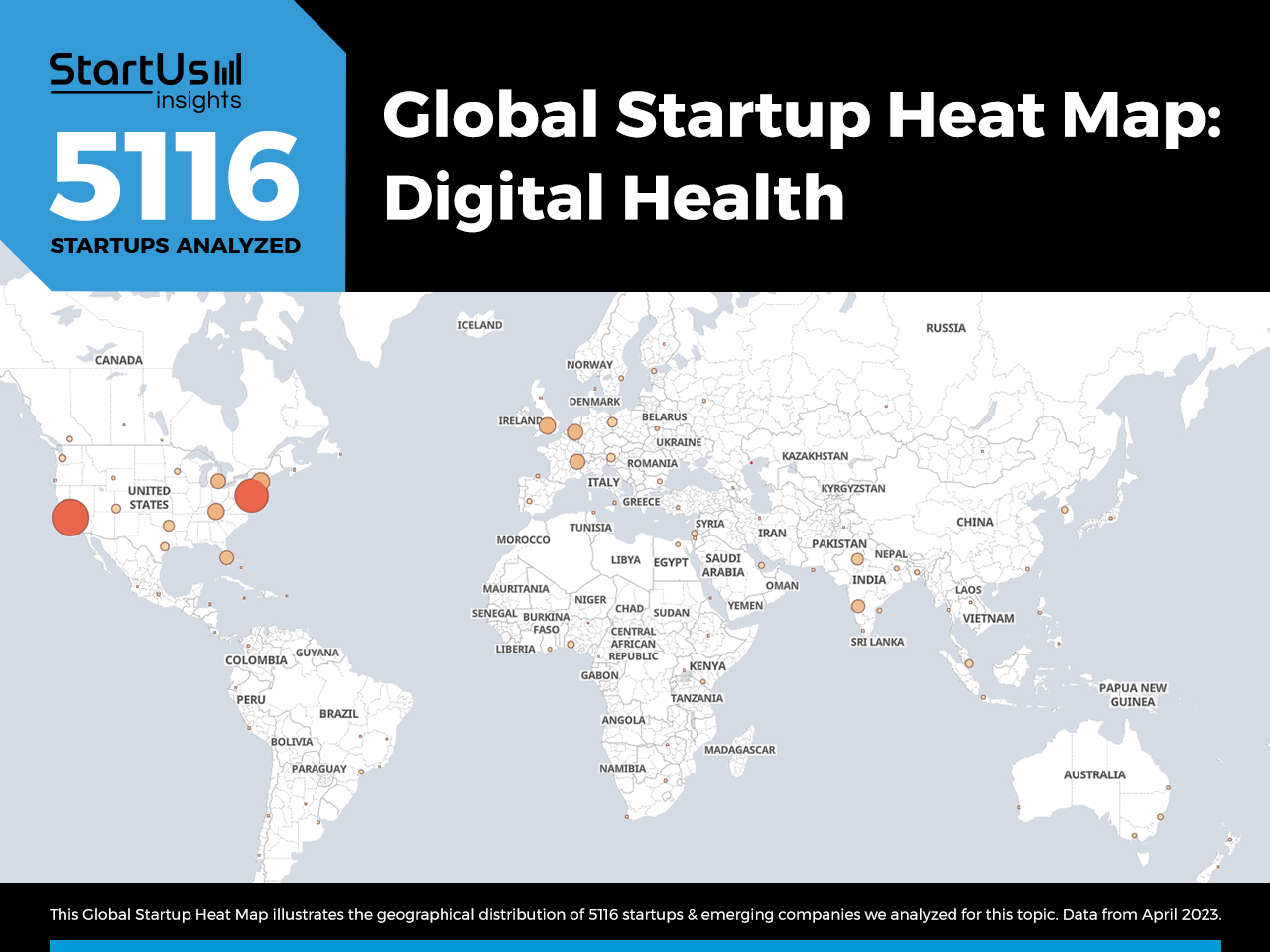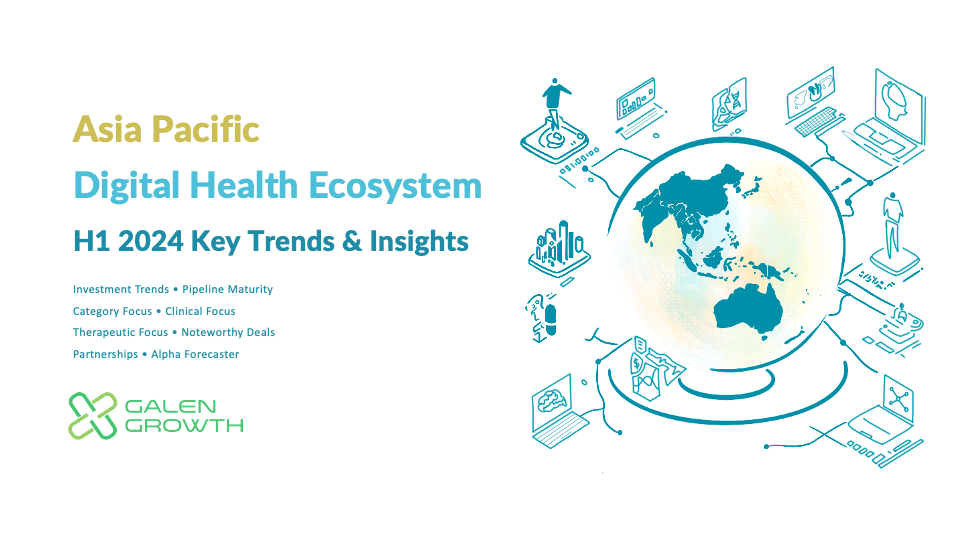General
Digital health trends transforming Asia in 2025: A Glimpse into the Future of Healthcare

Embark on a journey into the future with Digital health trends transforming Asia in 2025. Explore the cutting-edge advancements reshaping healthcare in the region and the impact they are set to make.
Overview of Digital Health Trends in Asia by 2025

Digital health trends in Asia are rapidly evolving, driven by technological advancements and changing healthcare needs. These trends are shaping the future of healthcare in the region, offering innovative solutions to improve access, efficiency, and quality of care.
Current Landscape of Digital Health Trends in Asia
The current landscape of digital health in Asia is characterized by the widespread adoption of telemedicine, wearable devices, health apps, and electronic health records. Countries like China, India, and Singapore are at the forefront of digital health innovation, leveraging technologies such as artificial intelligence, big data analytics, and Internet of Things (IoT) to enhance healthcare delivery.
Key Factors Driving the Transformation of Digital Health in Asia by 2025
1. Increasing Internet Penetration
The rising internet penetration in Asia is enabling greater access to digital health services, bridging the gap between healthcare providers and patients.
2. Government Support
Governments in several Asian countries are investing in digital health infrastructure and policies to promote innovation and improve healthcare outcomes.
3. Rapid Technological Advancements
Advances in technologies like AI, machine learning, and blockchain are revolutionizing healthcare delivery, making diagnosis, treatment, and patient monitoring more efficient and accurate.
4. Growing Demand for Remote Healthcare
The COVID-19 pandemic has accelerated the demand for remote healthcare services, driving the adoption of telehealth solutions and virtual care platforms.
5. Focus on Preventive Care
There is a shift towards preventive healthcare in Asia, with digital tools being used to promote wellness, monitor chronic conditions, and encourage healthy lifestyle choices.
Significance of These Trends in Shaping the Future of Healthcare in Asia
The digital health trends in Asia by 2025 hold immense significance in transforming the healthcare landscape of the region. They are enhancing access to care, improving health outcomes, reducing healthcare costs, and empowering patients to take control of their health.
These trends are driving a shift towards patient-centered, data-driven, and personalized healthcare, ultimately leading to a more efficient and effective healthcare system in Asia.
Adoption of Telemedicine and Virtual Care
Telemedicine and virtual care are transforming healthcare access in Asia by breaking down geographical barriers and providing convenient and efficient ways for patients to connect with healthcare providers remotely. This innovative approach is revolutionizing the traditional healthcare delivery system and improving access to medical services for individuals in remote areas or those with mobility issues.
Innovative Telemedicine Platforms in Asia
- Ping An Good Doctor: One of the largest telemedicine platforms in China, offering online consultations, prescription deliveries, and AI-assisted diagnosis.
- Lybrate: A popular telemedicine platform in India that connects patients with doctors through video consultations, second opinions, and digital prescriptions.
- MyDoc: A Singapore-based platform that integrates telemedicine services with health screenings, chronic disease management, and medication delivery.
Benefits and Challenges of Telemedicine Adoption
Telemedicine adoption in Asia comes with numerous benefits, such as:
- Improved access to healthcare services for underserved populations.
- Convenience for patients to consult with doctors without the need for travel.
- Cost-effective healthcare delivery, reducing the burden on traditional healthcare systems.
However, challenges associated with widespread telemedicine adoption include:
- Regulatory hurdles and licensing issues across different countries in Asia.
- Data privacy and security concerns surrounding the transmission of sensitive medical information online.
- Digital literacy barriers for elderly or less tech-savvy populations.
AI and Machine Learning in Healthcare
AI and machine learning technologies are revolutionizing healthcare services in Asia by offering innovative solutions to improve patient care, diagnosis, and treatment. These advanced technologies are enabling healthcare providers to deliver more personalized and effective care to patients, ultimately transforming the healthcare landscape in the region.
Applications of AI and Machine Learning in Healthcare
- Diagnosis: AI algorithms can analyze medical images, such as X-rays and MRIs, to detect abnormalities and assist healthcare professionals in making accurate diagnoses.
- Treatment: Machine learning models can predict patient outcomes and recommend personalized treatments based on individual health data, optimizing the effectiveness of treatment plans.
- Personalized Medicine: AI algorithms can analyze genetic data to identify patient-specific treatment options, leading to more tailored and targeted therapies.
Ethical Implications and Concerns
- The use of AI in healthcare raises concerns about patient privacy and data security, as sensitive health information is processed and stored by AI systems.
- There are ethical considerations surrounding the potential biases that AI algorithms may exhibit, impacting the fairness and equality of healthcare decisions.
- Healthcare professionals also face challenges in understanding and trusting AI-driven recommendations, highlighting the need for proper training and education in utilizing these technologies.
Wearable Technology and Remote Monitoring

Wearable technology and remote monitoring devices are revolutionizing preventive healthcare in Asia by providing individuals with real-time data about their health and enabling proactive measures to maintain well-being.
Popular Wearable Devices and Remote Monitoring Solutions in Asia
- Fitbit: Fitbit has gained immense popularity in Asia for its fitness trackers that monitor daily activity, heart rate, and sleep patterns, helping users stay active and improve their overall health.
- Apple Watch: The Apple Watch offers features like ECG monitoring and fall detection, making it a popular choice for individuals looking to track their heart health and safety.
- Oura Ring: Oura Ring is a smart ring that tracks sleep quality, activity levels, and readiness, providing insights to optimize rest and recovery.
Empowerment through Wearable Technology
These wearable devices empower individuals to take control of their health by offering personalized insights and nudges towards healthier habits. By continuously monitoring vital signs and activity levels, users can make informed decisions about their lifestyle, leading to better health outcomes and preventive measures against potential health risks.
Conclusive Thoughts

In conclusion, the landscape of healthcare in Asia is on the brink of a transformative shift with the emergence of digital health trends. The future holds promise for improved access, personalized care, and empowered individuals taking charge of their well-being.
Answers to Common Questions
What are the key factors driving the transformation of digital health in Asia by 2025?
The key factors include technological advancements, increased connectivity, changing healthcare needs, and a growing focus on preventive care.
How are wearable devices empowering individuals in Asia to take control of their health?
Wearable devices enable individuals to track their health metrics, monitor their activity levels, and receive real-time feedback, empowering them to make informed decisions about their well-being.

-

 General8 months ago
General8 months agoBest Insurance Lawyers Near Me for Claim Disputes: Your Ultimate Guide to Legal Assistance
-

 General8 months ago
General8 months agoNavigating Insurance Claim Denial Lawyers Near Me
-

 Design8 months ago
Design8 months agoOutdoor Design Essentials for a Holistic Lifestyle: Integrating CRM Automation for Lifestyle eCommerce Brands
-

 General8 months ago
General8 months agoWellness Lifestyle and Outdoor Living Integration Tips: Modern Farmhouse Exterior Ideas for Luxury Lifestyle Homes
-

 General8 months ago
General8 months agoThe Best Business Insurance for Interior Designers: A Comprehensive Guide
-

 General8 months ago
General8 months agoCrafting a Comprehensive Guide to Medical Malpractice and Insurance Settlement Law Firms
-

 General8 months ago
General8 months agoHow Exterior Renovations Affect Your Home Insurance Rates: A Comprehensive Guide
-

 General7 months ago
General7 months agoTop Telehealth Platforms for Global Patients: A Comprehensive Guide




